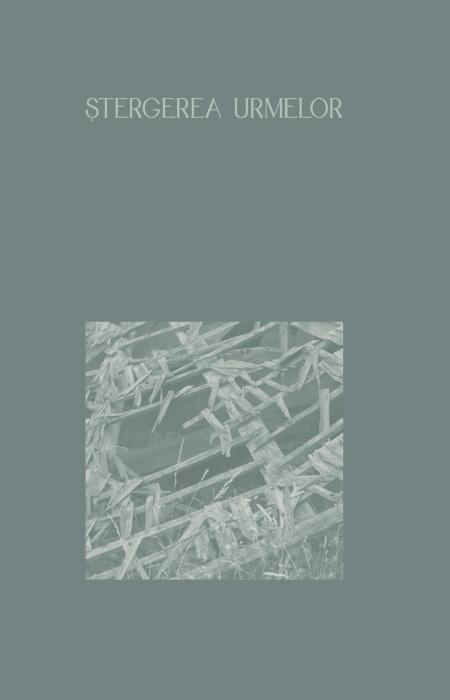Followed by the Holy Apostle Andrew
The reference in the title to Saint Andrew the Apostle is the metaphor of an ancient Christianity, but continuously attested on the ethnogenetic territory of the Romanians, at the same time constitutive of the historical consciousness of the Romanian nation. Built on the mention in the Church History of Eusebius of Caesarea regarding the lands evangelized by St. Andrew the Apostle, including both the Balkan lands and the land of Scythia, the Andean metaphor evokes a symbolic beginning of Christianity in Romania, but also a fidelity to the beginnings understood as the heritage of Orthodoxy.
The approach of the painter Paul Gherasim takes over the symbol of the apostolic foundation and constructs a visual discourse about the permanence of a civilization which, going beyond idle discussions about the certainties of historical beginnings, can be considered bimillennial. The purpose of the book is to argue aesthetically the reality of this permanence, the...
Customers Also Bought
- 54 LEI
- 6 LEI
- 18 LEI




















Add new comment